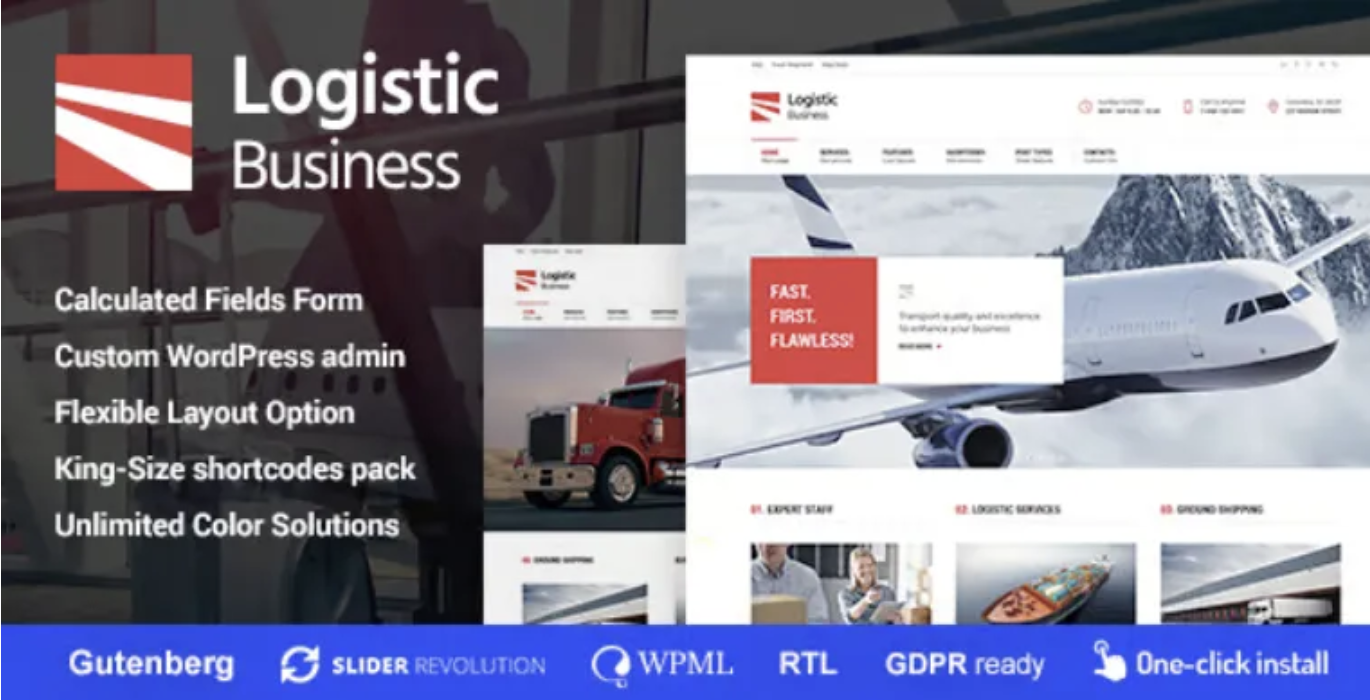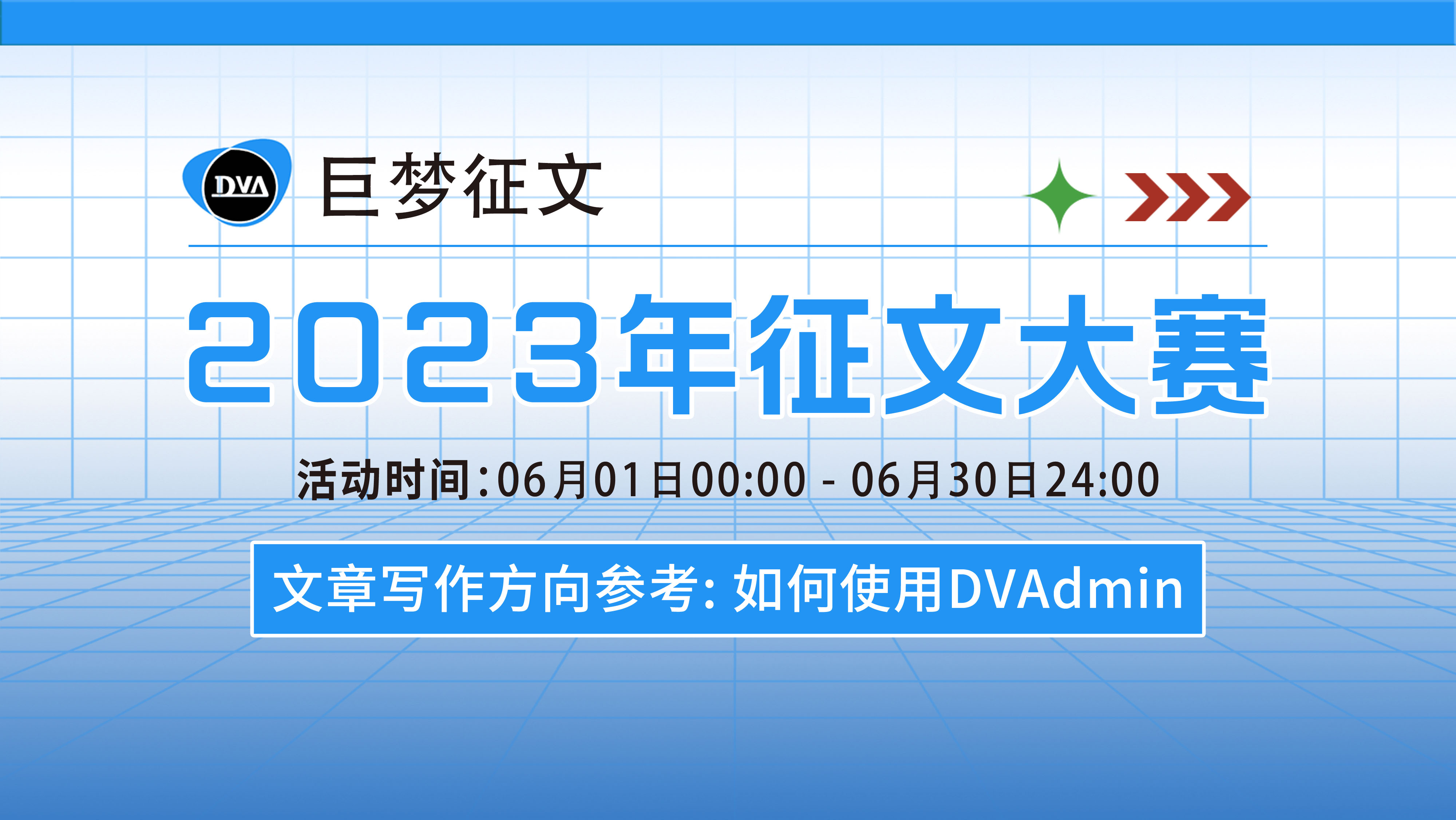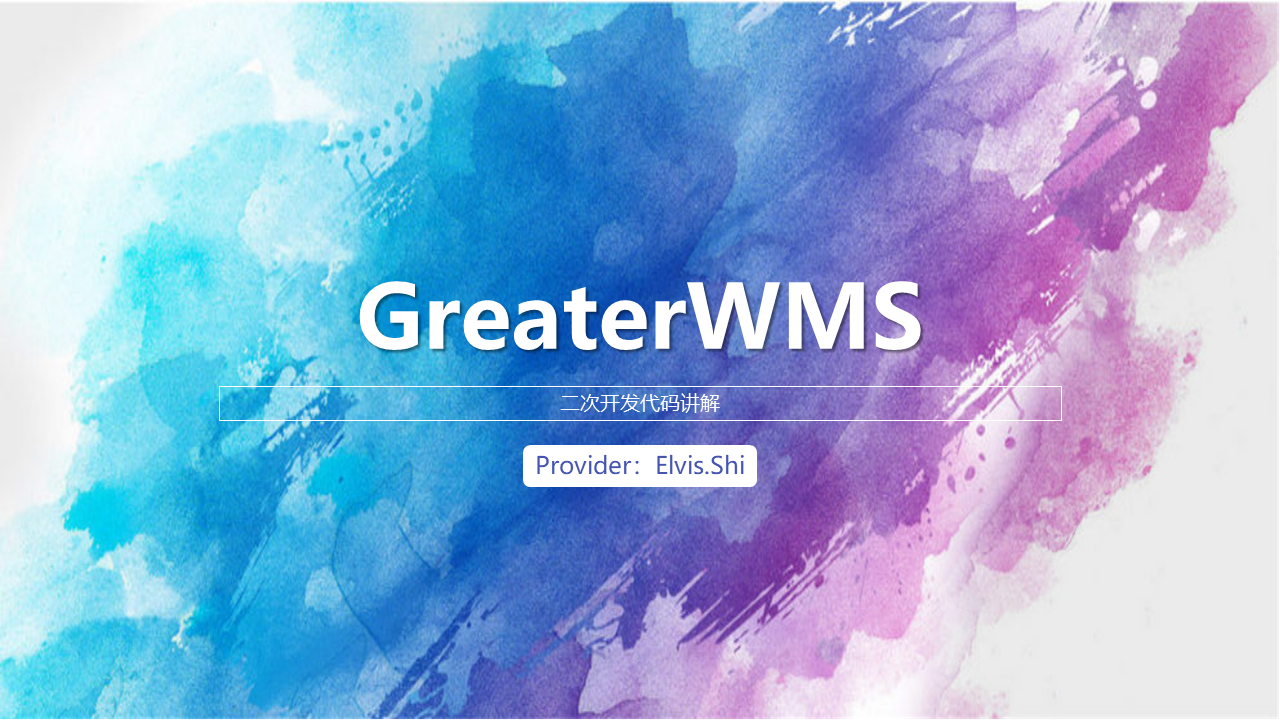From Quote to POD: Build a High-Trust Freight Site Using Logistic Business (Transport & Trucking

TL;DR — Shippers don’t read brochures; they scan for capacity, coverage, and credibility. Logistic Business – Transport & Trucking Logistics WordPress Theme gives carriers, 3PLs, and freight brokers a conversion-first structure: lane pages that rank, quote flows that route cleanly, and trust blocks that shorten procurement cycles.
Table of Contents
- Market Reality & Goals
- Information Architecture for Freight
- Service Catalog: LTL, FTL, Reefer, Flatbed, Hazmat, Drayage
- Lane Pages That Rank and Convert
- Quote Flow: From RFQ to Booked Load
- Tracking, POD & Customer Portals
- Pricing Transparency Without Over-Committing
- Proof & Trust: Safety, Compliance, and Social Proof
- Media That Sells: Fleet, Facilities, People
- Performance & Reliability (Core Web Vitals)
- Content Engine & Editorial Calendar
- Localization & Multi-Depot Logistics
- Operations: Team Rhythm, SLAs, and Triage
- Metrics That Matter
- FAQ
- Conclusion
Market Reality & Goals
Most logistics websites collapse under their own buzzwords. Shippers arrive with 3 questions:
1) Can you cover my lane?
2) Can you meet my requirements? (temp control, hazmat, appointment windows, chassis availability)
3) Can I trust you with my freight and timelines?
The Transport & Trucking Logistics WordPress Theme context in Logistic Business answers these fast, above the fold, with scannable blocks and decisive CTAs. Set goals around:
- Time-to-quote: shortest path from homepage to a qualified RFQ.
- Lane visibility: clear coverage by origin/destination clusters.
- Compliance clarity: safety, insurance, and certifications without legalese.
- Ops handshake: proactive expectations on pickup windows, detention, and comms.
Information Architecture for Freight
Design navigation around how shippers buy capacity—not how you’re organized internally.
Top-level
- Services (LTL, FTL, Reefer, Flatbed, Intermodal, Drayage, Final-mile)
- Lanes (by region or corridor)
- Industries (CPG, pharma, automotive, retail, construction)
- Track (shipment status entry)
- Get a Quote (primary CTA)
- About (safety, insurance, compliance, team, facilities)
- Resources (guides, calculators, checklists)
Header rules
- Primary CTA on the right: “Get a Quote”
- Utility links: Track | Call dispatch | Shipper login (if applicable)
- On mobile: sticky bar with “Quote” and “Call”
Footer trust stack
- USDOT/MC numbers, insurance summary, safety rating note
- Operating hours, after-hours line, depot addresses
- Compact sitemap for crawl depth
Service Catalog: LTL, FTL, Reefer, Flatbed, Hazmat, Drayage
Each service page should answer “Is this a fit?” within 15 seconds.
Template
- Who it’s for: load patterns, shipment frequency, commodity types
- What you cover: trailer types, temp ranges, weight/size limits, accessorials
- Where you run: regions, typical lanes, cross-border capability
- How you operate: appointment handling, live load vs. drop, detention policy
- Proof: on-time stats, damage rate, sample SOP bullets
- CTA: lane-aware quote button (“Quote Phoenix → Dallas”)
Copy tone
- Concrete, no fluff. Replace “best-in-class” with specifics like “live temp telemetry, ±2°C variance.”
Review weekly, ship one improvement (copy tweak, form field order, lane FAQ) every cycle.
FAQ
Q1: Is Logistic Business overkill for small fleets?
A: No. Start with two service pages and three priority lane pages; scale as your book grows.
Q2: How do I keep quote forms short but useful?
A: Ask only what affects price or feasibility—origin, destination, dims/weight, windows, accessorials.
Q3: Can I show pricing online?
A: Use ranges and drivers of variance. Commit to a clear, fast quote SLA rather than brittle “instant rates.”
Q4: What improves lane page conversions the fastest?
A: Add transit bands, capacity signals, and a lane-aware quote CTA near the top.
Q5: How do I handle surge seasons?
A: Update lane notes weekly with surge guidance and set quote expiries appropriately.
Q6: What if I don’t have a portal yet?
A: Offer simple tracking lookups and a friendly dispatch number; add portal links later without changing the page hierarchy.
Conclusion
Freight is won by clarity, speed, and consistent follow-through. Logistic Business – Transport & Trucking Logistics WordPress Theme gives you a website that mirrors strong operations: lane pages that surface capacity, quote flows that route cleanly to dispatch, and honest proof that builds long-term shipper confidence. When you’re ready to expand your WordPress toolkit with professional, time-saving resources, explore gplpal.






